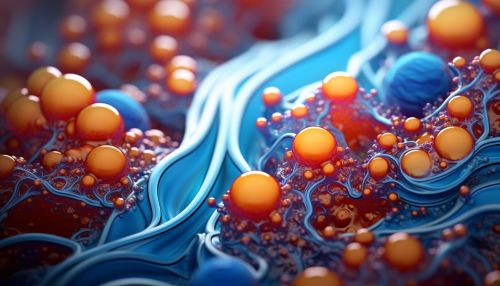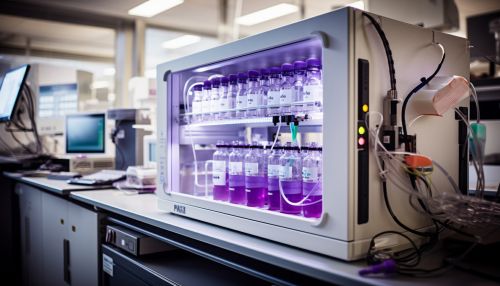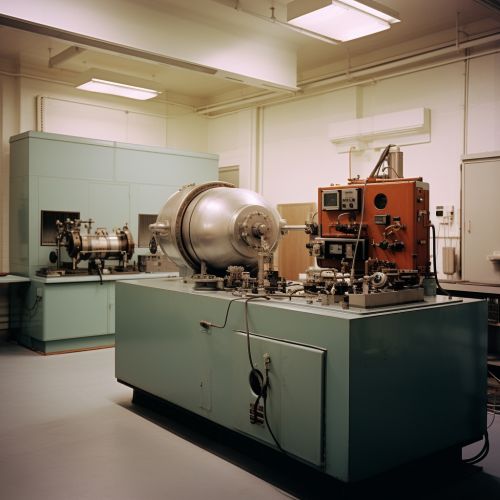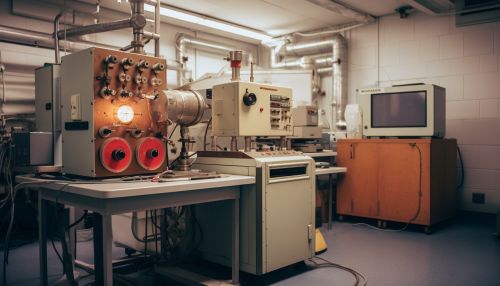The Role of Lipidomics in Metabolic Research
Introduction
Lipidomics is a branch of metabolomics that focuses on the systematic study of all lipid species within a cell or tissue and their interactions. This field of study has gained significant attention in recent years due to its potential in understanding the complexities of metabolic diseases, such as diabetes, obesity, and cardiovascular disease.


Lipidomics and Metabolic Research
The role of lipidomics in metabolic research is multifaceted. Lipids, being major components of the cellular structure and key players in energy storage and signaling, have profound effects on the metabolic processes. Lipidomics, therefore, provides a comprehensive analysis of lipids in biological systems, aiding in the understanding of the metabolic pathways and networks.
Lipid Metabolism
Lipid metabolism involves the synthesis and degradation of lipids within cells and is a central aspect of energy homeostasis. Abnormalities in lipid metabolism are often associated with metabolic diseases. Lipidomics can help identify these abnormalities by providing a detailed profile of lipid species in a given biological sample.


Lipid Signaling
Lipids also play a crucial role in cell signaling, acting as messengers that communicate between cells to regulate various physiological processes. Dysregulation of lipid signaling can lead to metabolic disorders. Lipidomics can elucidate the role of specific lipid species in signaling pathways, thereby providing insights into disease mechanisms.


Techniques in Lipidomics
Lipidomics involves several techniques for the extraction, identification, and quantification of lipids. These techniques include mass spectrometry, chromatography, and nuclear magnetic resonance spectroscopy.
Mass Spectrometry
Mass spectrometry is a powerful tool in lipidomics, allowing for the identification and quantification of thousands of lipid species in a single run. It provides high sensitivity and specificity, making it an ideal technique for lipidomic studies.


Chromatography
Chromatography techniques, such as liquid chromatography, are often used in conjunction with mass spectrometry to separate complex lipid mixtures before analysis. This enhances the resolution and coverage of the lipidomic analysis.


Nuclear Magnetic Resonance Spectroscopy
Nuclear magnetic resonance spectroscopy (NMR) is another technique used in lipidomics. While it lacks the sensitivity of mass spectrometry, NMR provides structural information about lipids, which can be valuable in understanding their biological functions.


Applications of Lipidomics in Metabolic Research
Lipidomics has a wide range of applications in metabolic research, from biomarker discovery to drug development.
Biomarker Discovery
Lipidomics can aid in the discovery of biomarkers for metabolic diseases. By comparing the lipid profiles of healthy and diseased individuals, researchers can identify specific lipid species that are associated with disease states.
Drug Development
Lipidomics can also contribute to drug development. By understanding the lipid alterations associated with diseases, researchers can target specific lipid pathways for therapeutic intervention.


Challenges and Future Directions
Despite its potential, lipidomics faces several challenges. These include the complexity of lipid species, the lack of standardized protocols for lipid extraction and analysis, and the need for advanced computational tools for data analysis. However, with ongoing advancements in technology and bioinformatics, the field of lipidomics is poised to make significant contributions to metabolic research.


